Load control balances grid demand but disrupts irrigation. With ReinCloud®, growers adapt quickly, safeguard yields, and capture financial benefits, creating shared value for farms and utilities in energy-constrained environments.
Adapting Irrigation to Energy Constraints: Grower Strategies for Load Control
Irrigation depends on reliable electricity. Across farming regions, electricity powers the pumps that deliver water to crops at critical stages of growth. Yet when demand for power peaks, utilities sometimes implement load control, meaning temporary reductions or shutoffs of electricity use, to stabilize the grid. These measures protect communities from blackouts and reduce stress on infrastructure, but they can disrupt irrigation schedules in ways that matter deeply to growers.
Load control is not a passing trend. It is a reality of modern energy management, and participation in these programs is increasingly common. The challenge for growers is adapting around interruptions while protecting crop performance. Reinke's ReinCloud® platform provides the flexibility to do just that, turning potential setbacks into manageable pauses that safeguard yields and minimize disruption.
Understanding Load Control in Irrigation
Load control is the practice of temporarily reducing or curtailing electricity use during periods of high demand. For utilities, it serves a critical purpose: balancing demand on the grid, preventing blackouts, and reducing the need for costly infrastructure expansion. In agricultural regions where irrigation pumping represents a large share of electrical load, managing this demand is especially important.
Utilities have developed specific programs to make irrigation part of their load control strategies. In one pilot program, Marek, Hodges, and Dunlap (2007) documented how utilities dispatched irrigation load control events, established the conditions under which pumps would be shut off, and measured the impact on demand. The program demonstrated that irrigation pumping loads could be reliably curtailed when called upon, reducing peak demand by several thousand kilowatts across participants. Grower support was strong, with participation credits rising over time, confirming that load control can both stabilize the grid and remain acceptable to agricultural customers.
Why Load Control Challenges Growers
From the grower's perspective, load control events often occur during the most sensitive times of the day. Hot afternoons, periods of crop stress, or critical growth stages are when water is needed most. Interruptions to irrigation during these times can lead to uneven soil moisture, crop stress, and, if prolonged, reduced yields.
The economic consequences are also real. Missed irrigation windows can mean wasted fertilizer or chemical applications, uneven crop performance, and additional labor to adjust schedules after interruptions. Growers join load control programs because of the financial incentives, but interruptions complicate irrigation schedules and make management more difficult.
The Value of Participation Credits and Incentives
Utilities recognize the burden that load control can place on irrigation and compensate growers who participate. This compensation generally comes in two forms:
Participation credits, which are paid to growers based on the capacity they agree to make interruptible. For many growers, these payments offset a portion of pumping costs and, in effect, transform irrigation pumps into revenue-generating assets.
Discounted energy rates, where growers agree to control plans that allow interruptions in exchange for lower per-kWh rates. This approach reduces ongoing energy expenses but comes with the trade-off of curtailments during peak periods.
Both models make participation financially attractive, but the true benefit is realized only if interruptions can be managed without harming crops. This is where load control management tools are critical. With platforms like ReinCloud®, growers can accept interruptions, capture financial benefits, and maintain confidence that irrigation schedules remain on track.
ReinCloud® as the Solution
Reinke's ReinCloud® platform gives growers the tools to manage around these challenges. With ReinCloud®, growers can remotely monitor pivot status, confirm whether systems are running during load control events, and quickly restart equipment when power is restored. Instead of driving to the field, they can make adjustments from a smartphone or computer.
This remote flexibility turns a utility-driven interruption into a short pause rather than a prolonged setback. By adjusting schedules, rescheduling sectors, and restarting pivots immediately when load control events end, growers maintain control of their irrigation without losing precious time. With ReinCloud®, they have more opportunity to limit disruption and reduce potential risks to yields.
Building Resilience in an Energy-Constrained Environment
Load control programs are voluntary, but when structured and supported well, growers can adapt effectively. The Oregon Irrigation Load Control Pilot Program (2020) demonstrated this resilience. During that season, all enrolled participants honored six interruption events with 100% participation and achieved an average performance factor of nearly 100 percent, showing that irrigation pumping loads can be reliably curtailed without widespread opt-outs.
Growers in the pilot adapted using a mix of approaches. Some pumps were equipped with utility-installed control switches, while others were curtailed manually in response to notifications. The program expanded operating hours and introduced hour-ahead dispatch options, which all participants accepted, demonstrating that growers were willing to adjust when the right tools and incentives were in place.
These results highlight two key points. Growers can adapt, and technology plays a central role in making adaptation practical. while the Oregon pilot relied on utility switches and manual responses, modern platforms like ReinCloud® provide greater flexibility. Instead of waiting for a notification or driving to a field to restart equipment, ReinCloud® allows growers to monitor pivots remotely, restart irrigation immediately after an event and reschedule sectors with just a few clicks. By streamlining what once required on-site effort, ReinCloud® builds on the adaptability demonstrated in Oregon and helps growers maintain productivity under today's more complex energy and water constraints.
Shared Benefits for Utilities and Growers
Reliable grower participation is essential for the success of load control programs. Utilities depend on irrigation customers to reduce demand when called upon. Yet if interruptions are too disruptive, growers may choose to opt out, weakening the program's effectiveness.
ReinCloud® provides confidence for growers, which in turn benefits utilities. When farmers know they can quickly recover irrigation schedules and adapt without losing control of their operations, they are more willing to participate in load control. This reduces opt-outs and makes the overall demand reduction more predictable. ReinCloud® also offers a utility service dashboard, enabling subscribed utilities to schedule load control events, monitor which irrigation systems have responded, and see when farmers choose to temporarily override an event. This visibility helps utilities track program effectiveness and manage costs. Utilities gain a dependable partner in managing peak demand, while growers maintain crop performance and energy savings. In this way, ReinCloud® creates a win-win scenario that delivers stable grids for utilities and secure yields for growers.
Conclusion
Load control is an important tool for ensuring grid stability, but it creates challenges for irrigation when pumping hours are lost during peak demand. Reinke's ReinCloud® platform provides the flexibility growers and utilities need to adapt quickly, reduce downtime, and protect yields.
As energy availability and costs increasingly shape agricultural decisions, tools like ReinCloud® will be essential for sustaining productivity while supporting the reliable operation of electrical grids.
References:
Marek, T., Hodges, L., & Dunlap, R. (2007). Irrigation Load Control Credit Rider Dispatch Pilot. Irrigation Association. https://www.irrigation.org/IA/FileUploads/IA/Resources/TechnicalPapers/2007/IrrigationLoadControlCreditRiderDispatchPilot.pdf
Pacific Power. (2020). Oregon Irrigation Load Control Pilot Program Report. Oregon Public Utility Commission. https://edocs.puc.state.or.us/efdocs/HAD/adv242had164713.pdf
.avif)
.avif)
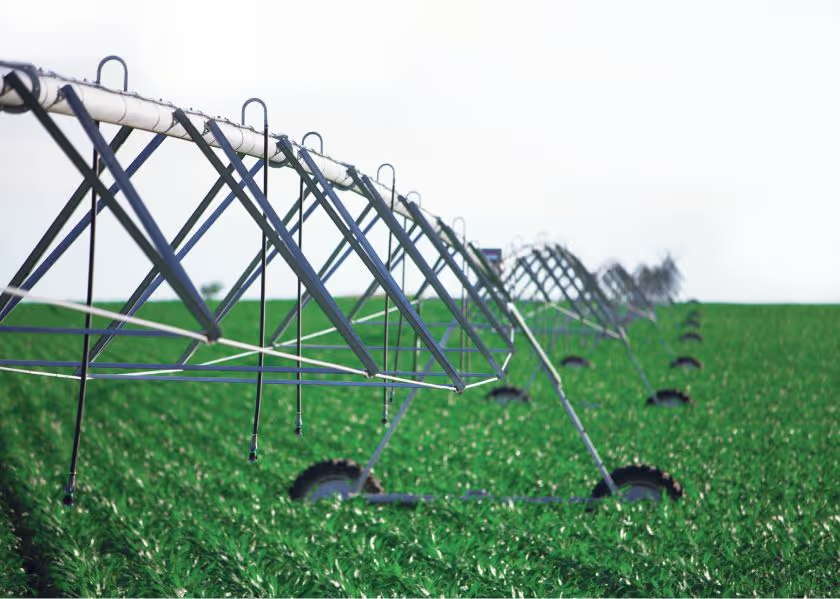
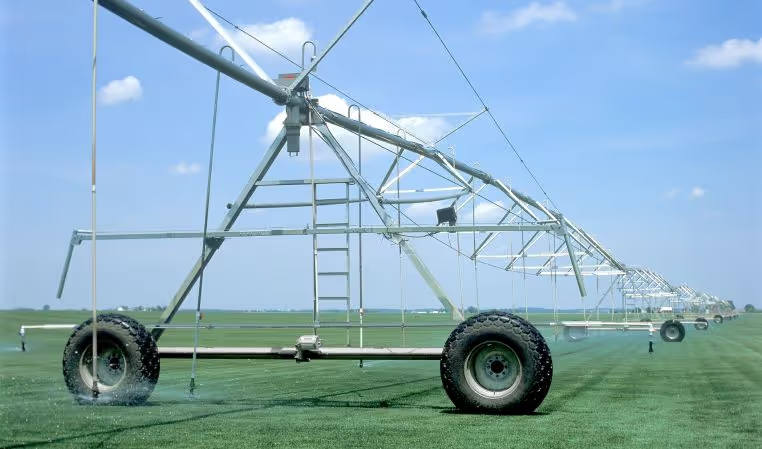
.avif)
.avif)
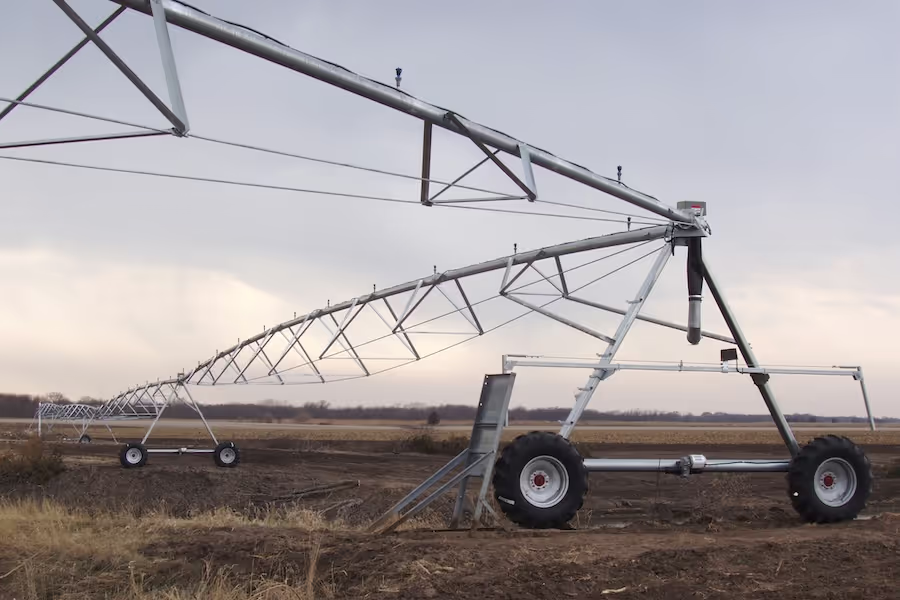
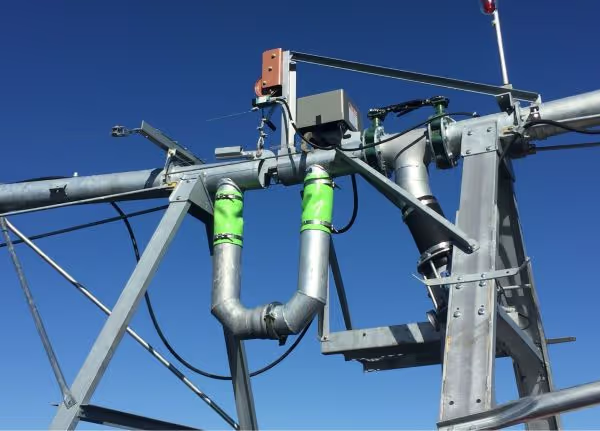

.avif)
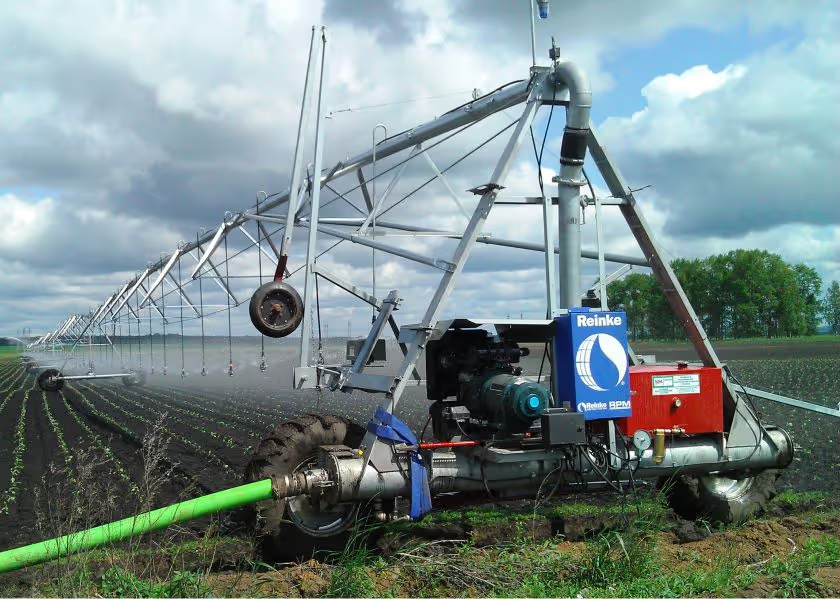
.avif)
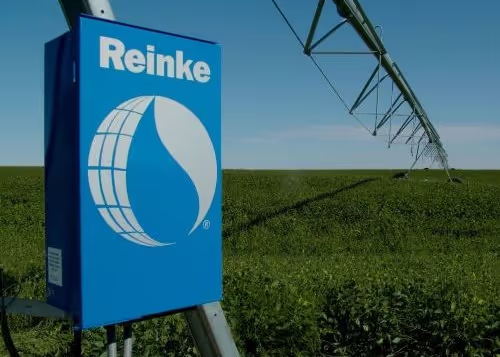
.avif)
.avif)


